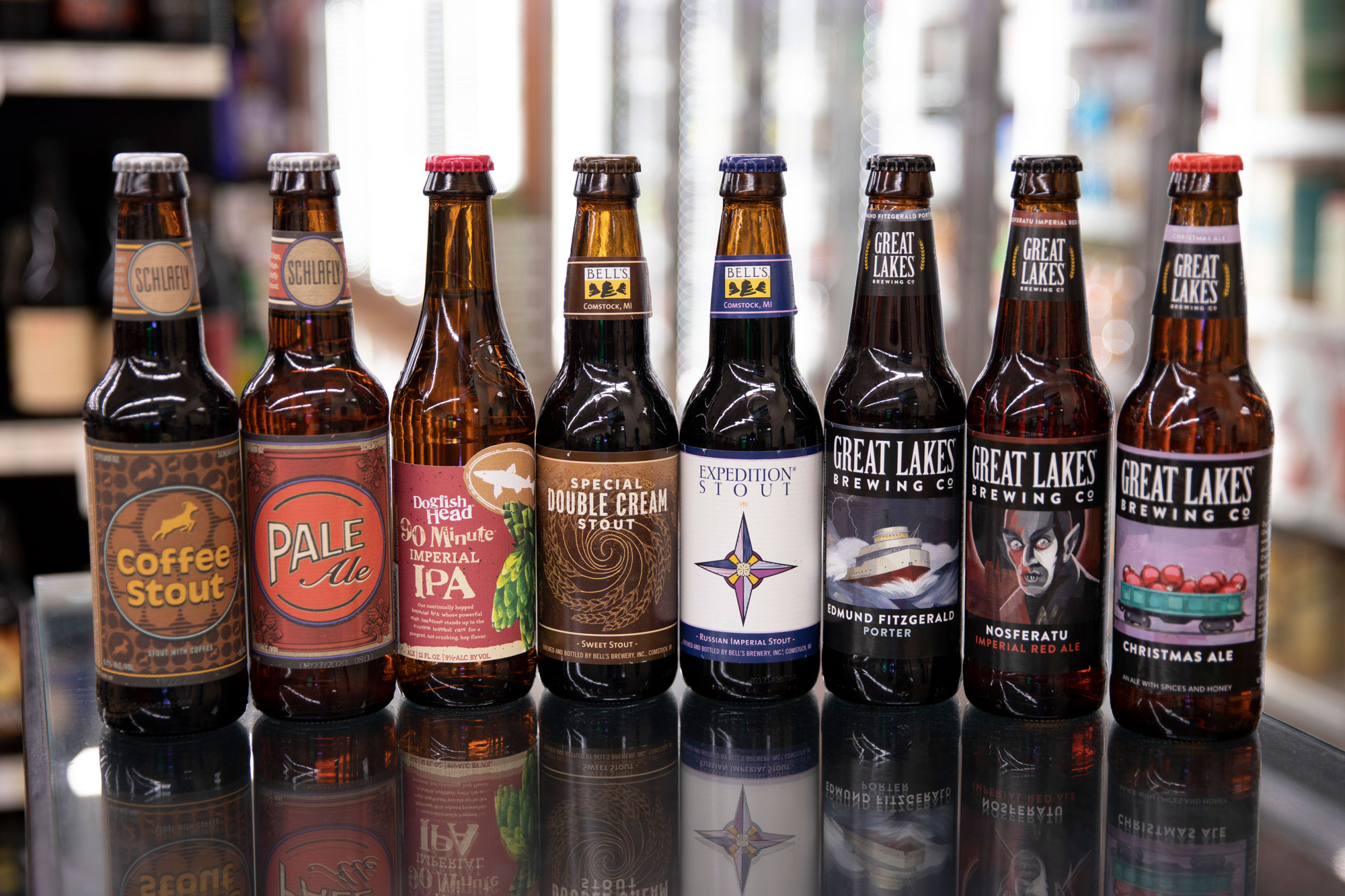From Mash to Container: The Details of Craft Distillery Production Revealed
Craft distillery manufacturing is a thorough process that includes a collection of complex actions to transform raw active ingredients right into a refined spirit prepared for consumption. From the preliminary phases of mash preparation to the last touches of bottling and classifying, each phase of manufacturing plays an essential duty in shaping the character and quality of the last item (Galveston Whiskey). As we unwind the intricacies of craft distillery manufacturing, we will certainly discover the virtuosity and scientific research behind each step, clarifying the hidden world that culminates in the development of a distinct and phenomenal spirit
The Art of Mash Preparation
Mash preparation in craft distillery production is a meticulous process that lays the structure for the top quality and flavor profile of the final distilled spirits. The art of mash prep work includes combining grains such as barley, corn, rye, or wheat with water and enzymes to convert the starches right into fermentable sugars. This crucial step needs accuracy in the selection of grains, water high quality, and enzyme activity to make certain optimal sugar removal throughout fermentation.
Craft distilleries take fantastic care in sourcing high-grade grains as they straight impact the preference and personality of the spirits. The percentages of different grains made use of in the mash costs are also meticulously computed to accomplish the preferred flavor profile. Additionally, elements such as water temperature level, pH levels, and mixing techniques play a significant duty in the mashing process.
Once the mash is prepared, it undertakes fermentation, where yeast is added to convert sugars into alcohol. The high quality of the mash straight affects the performance of fermentation and eventually, the general high quality of the distilled spirits. Craft distilleries pride themselves on their interest to detail throughout mash preparation, identifying its significance in developing phenomenal spirits.
Fermentation: Transforming Components Into Alcohol
Just how do craft distilleries transform very carefully ready ingredients into alcohol through the process of fermentation? Fermentation is a vital action in craft distillery production where yeast interacts with sugars to create alcohol. After the mash preparation phase, the fluid, recognized as wort, is moved to fermentation containers. Yeast is after that contributed to the wort, where it consumes the sugars present in the blend, transforming them into alcohol and carbon dioxide.

During fermentation, the temperature and environment are carefully kept track of to ensure optimum problems for yeast activity. This process typically takes several days to a week, depending on the desired alcohol material and taste account. As the yeast works its magic, the liquid goes through substantial chemical adjustments, causing the formation of alcohol.
Once fermentation is complete, the resulting liquid is called the clean or beer. This alcoholic liquid serves as the structure for the subsequent purification procedure, where it will be changed right into the final spirit via cautious craftsmanship and accuracy strategies.
Purification Techniques and Tools
Using specific tools and specific methods, craft distilleries employ numerous distillation approaches to remove and improve the alcohol content of the fermented clean, inevitably forming the character and top quality of the last spirit. Purification is the procedure of separating alcohol from the fermented fluid with dissipation and condensation. Craft distilleries generally utilize pot stills, column stills, or hybrid stills in their distillation procedures. Pot stills, including a swan and a pot neck, are recognized for generating tasty spirits with rich appearances. On the other hand, column stills, which have several plates for distillation, are favored for creating lighter and smoother spirits. Hybrid stills combine aspects of both pot and column stills, providing distillers versatility in crafting a varied series of spirits. The choice of still and the purification method used substantially affect the aroma, taste, and general top quality of the distilled spirit. Craft distillers typically experiment with different devices setups and distillation techniques to attain extraordinary and distinct spirits that mirror their imagination and know-how.
Aging Process: From Barrel to Bottle
With the distilled spirits now prepared, the focus changes in the direction of the vital stage of the aging procedure, where anonymous the transformation from barrel to bottle imbues the fluid with distinct tastes and qualities. The option of barrel type, whether oak, charred, or formerly utilized for other spirits, significantly affects the final taste account.

Bottling and Identifying: Last Touches
Upon conclusion of the aging procedure, the craft distillery thoroughly continues with the careful tasks of bottling and labeling, adding the last touches that will present the spirit to customers. Craft distilleries frequently make use of automated bottling lines furnished with equipment such as cappers, fillers, and labelers to improve the procedure.
Labels typically include important details like the spirit's name, alcohol material, and beginning. Furthermore, some craft distilleries hand-label their bottles for an individualized touch, particularly for limited version releases.
Once the containers are filled up, secured, and identified, they go through a final inspection to ensure they satisfy the distillery's standards. This focus to information in the identifying and bottling procedure reflects the craft distillery's dedication to providing a premium product to consumers.
:max_bytes(150000):strip_icc()/game-thrones-beer-seven-kingdoms-fwx-2000-bf25957546c34d8081795a265fb4aab3.jpg)
Final Thought
To conclude, the procedure of craft distillery manufacturing includes precise actions such as mash preparation, fermentation, purification, aging, and bottling (Distillery in Galveston). Each stage needs careful interest to information and specific devices to guarantee the final item satisfies high criteria of top quality. From changing active ingredients into alcohol to bottling and you can try this out labeling the finished product, craft distilleries showcase the art and scientific research behind creating exceptional spirits for discerning customers
Craft distillery production is a thorough process that entails a collection of elaborate steps to transform raw components right into a polished spirit all set for usage.Mash preparation in craft distillery manufacturing is a careful procedure that lays the structure for the high quality and flavor profile of the last distilled spirits. Craft distilleries pride themselves on their interest to information throughout mash prep work, acknowledging its importance in producing remarkable spirits.
Upon completion of the aging process, the craft distillery carefully proceeds with the thorough jobs of bottling and classifying, including the final touches that will present the spirit to customers. From changing active ingredients right into alcohol to bottling and labeling the ended up item, craft distilleries display the art and science behind producing superior spirits for discerning customers.